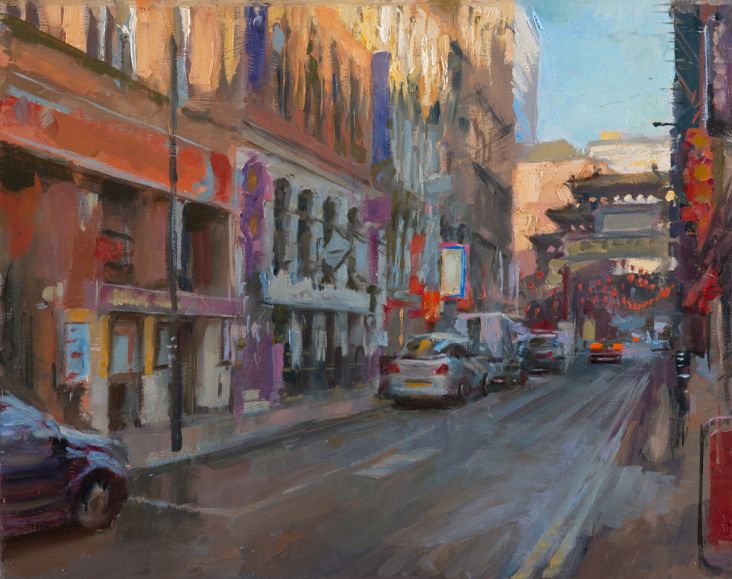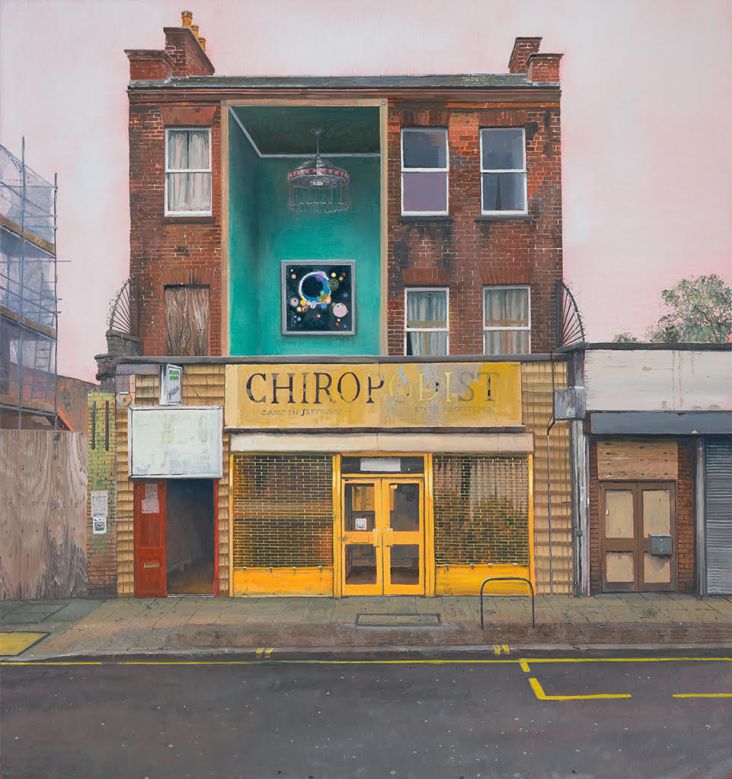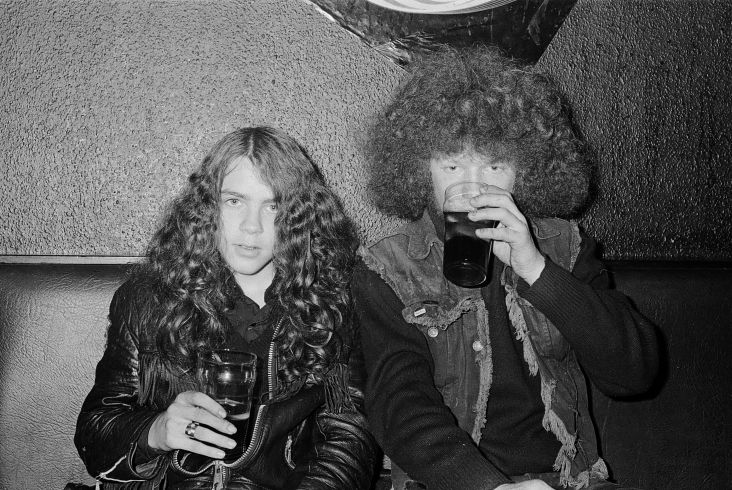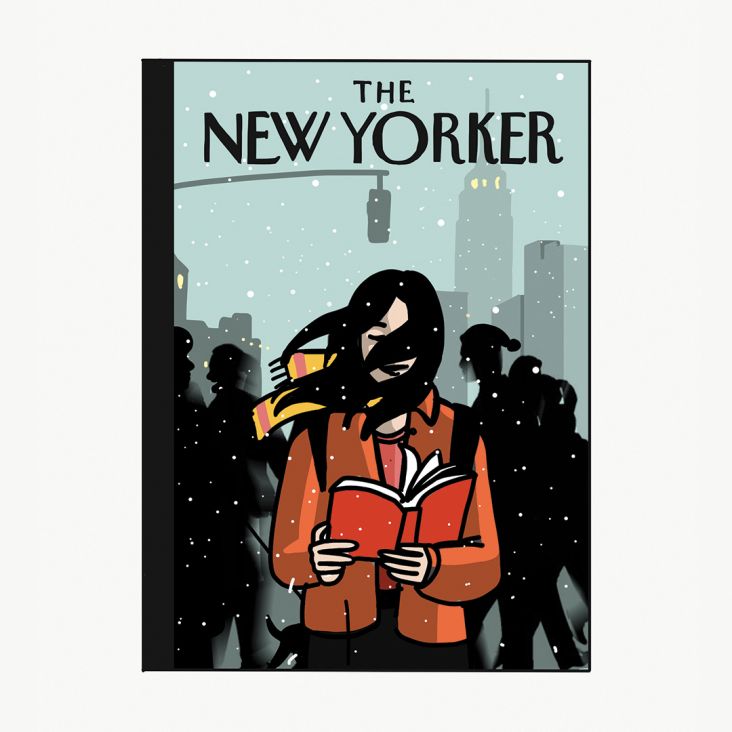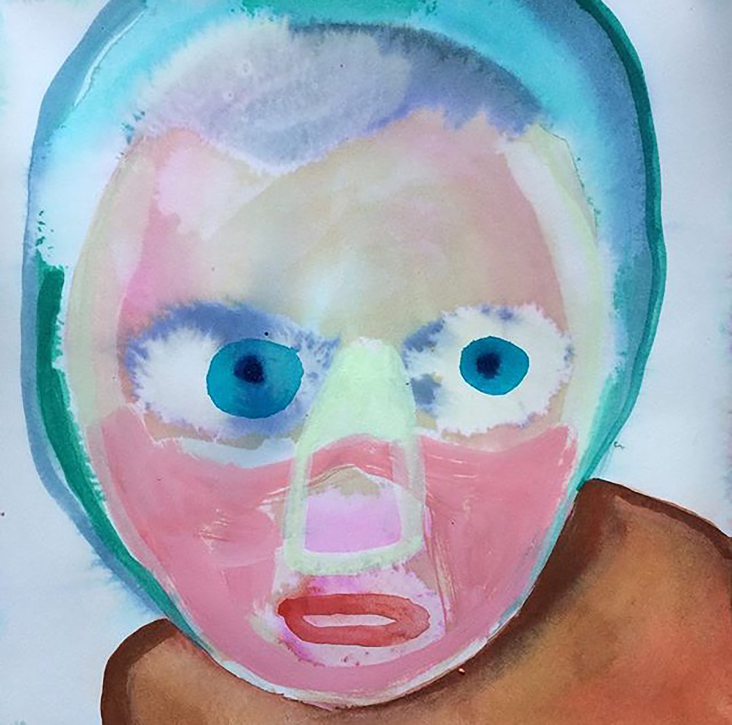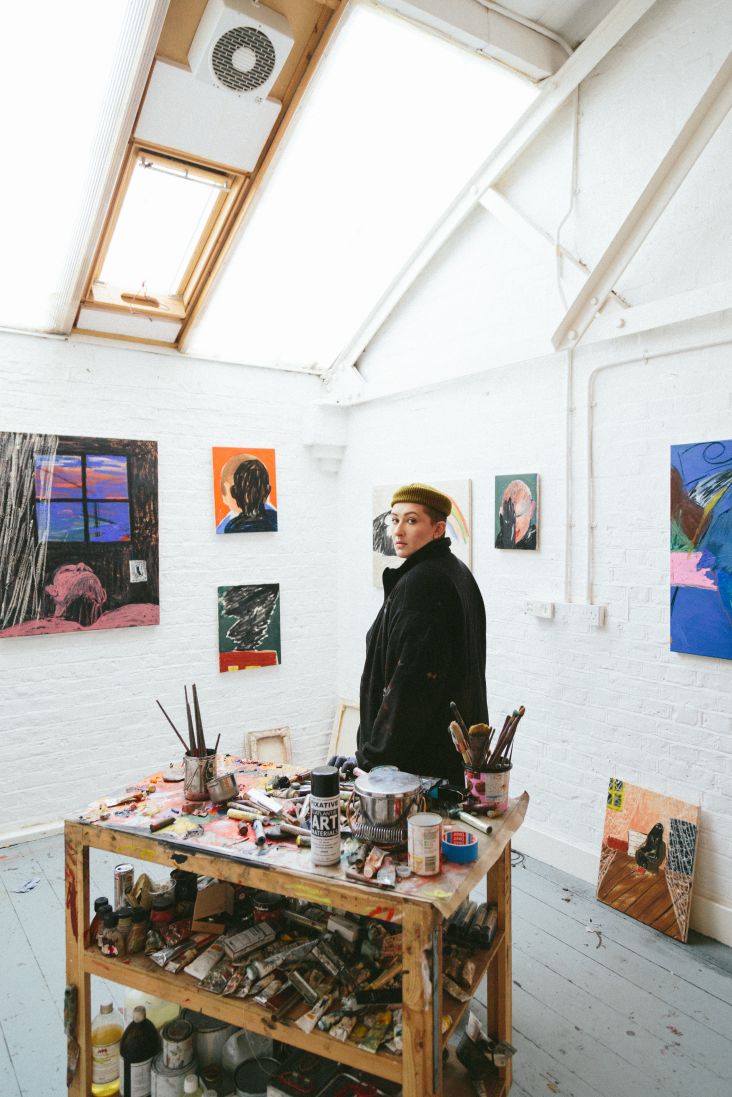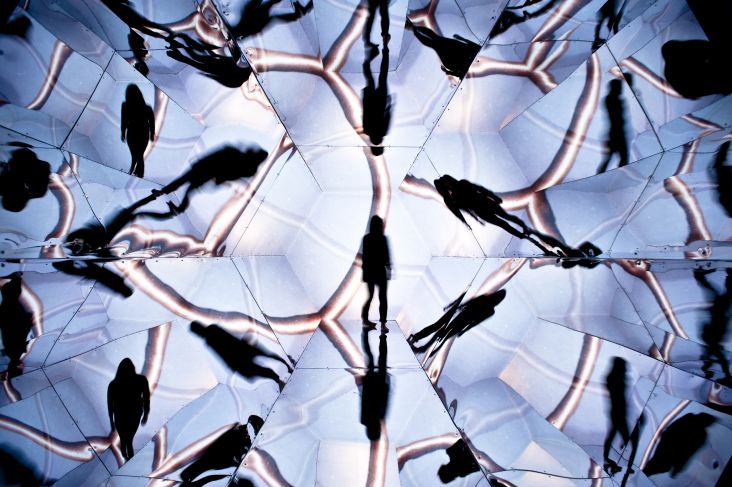Rebecca Harper's Chameleon paintings explore identity and displacement in the modern world
There is an emphasis on cultural heritage, contemporary culture and how people relate to one another and the world around them in Rebecca Harper's contemporary paintings.
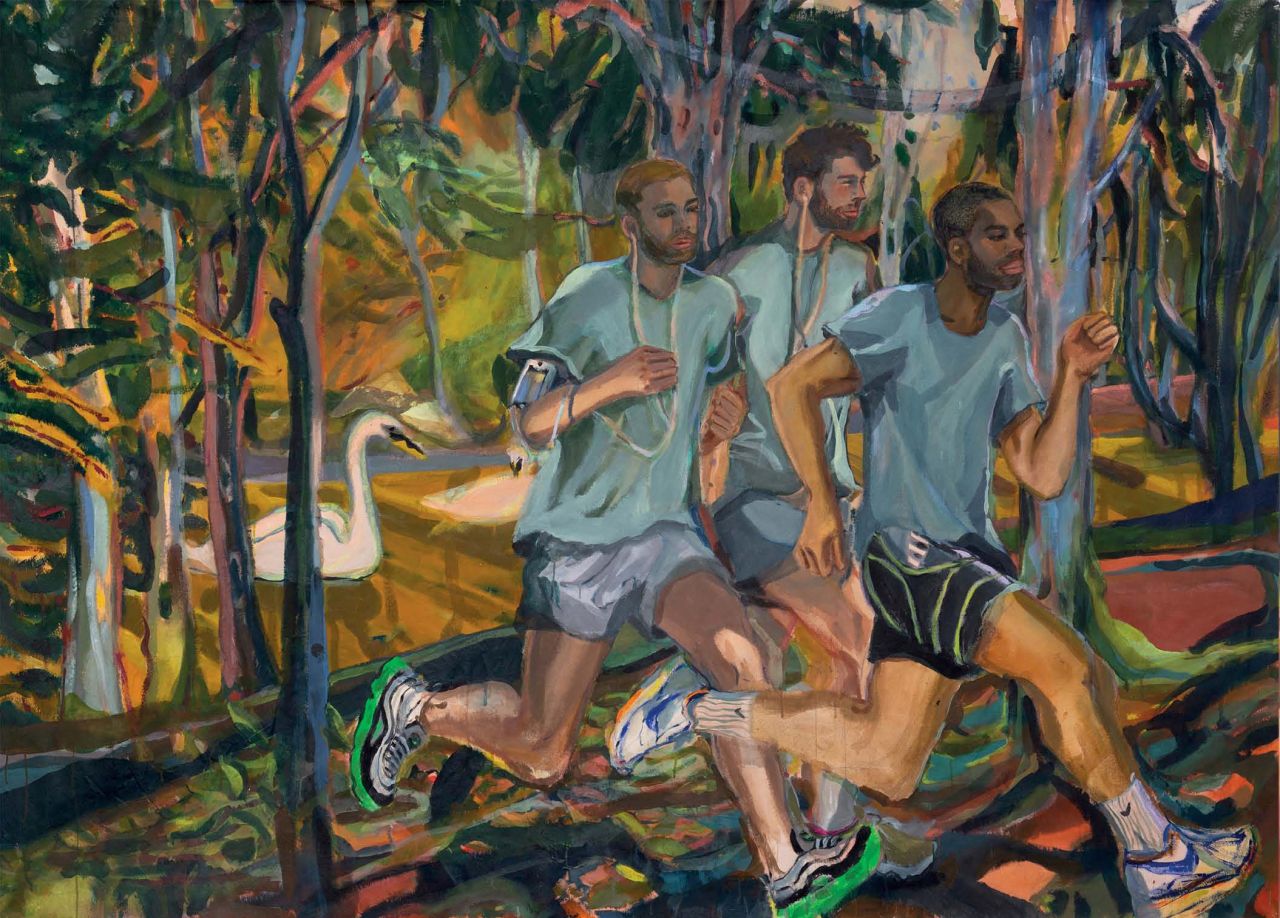
All images courtesy of the gallery and artist. © Rebecca Harper
The British artist often addresses ideas around displacement and a sort of ‘diaspora view’ presents itself in her paintings as an unfolding, wondering, allegoric commentary on its life source.
"I see my paintings as a sort of theatre in which human instinct looks compassionately at settlement, both a dispersion of un-at-homeness and groundlessness – held by the fixed image," Rebecca tells Creative Boom.
Her latest series, Chameleon, is due to go on show at the Anima Mundi gallery in St. Ives next month. The work depicts fictional characters travelling like 'chameleons', morphing through varied cultures, classes, taking on different guises in different places.
"Both people and place are intended to be at once general and specific," Rebecca explains. "The many versions of himself/herself and the way they could be viewed or ’framed’ I hope proposes ideas about associations; often in order to explore addressing ideas around the notion of relationships that exist between identity and displacement."
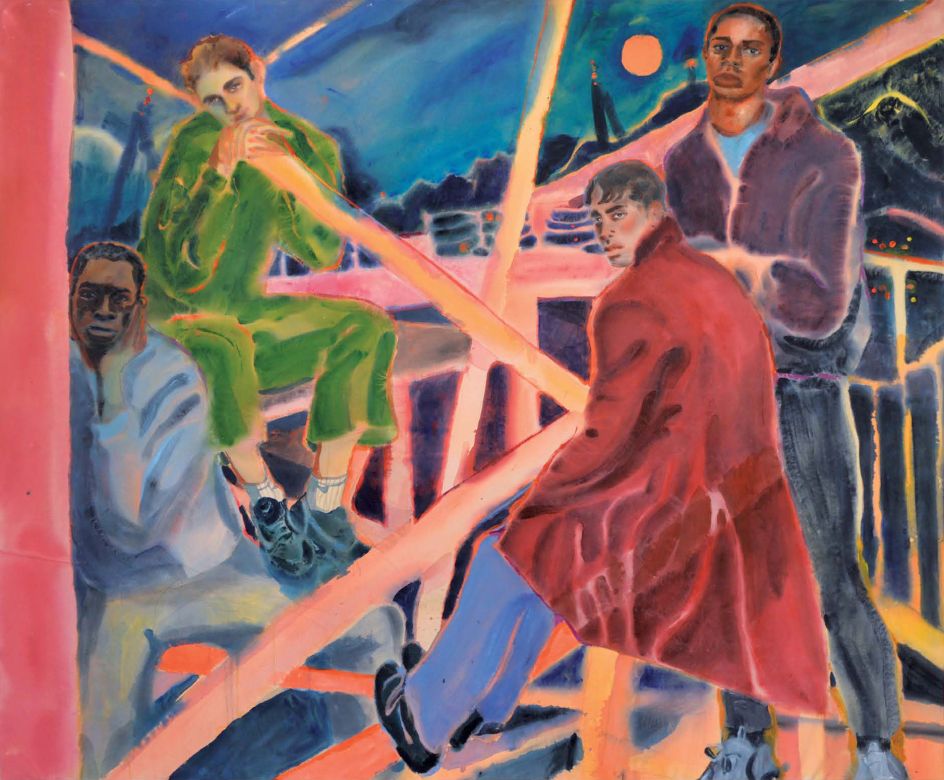
© Rebecca Harper
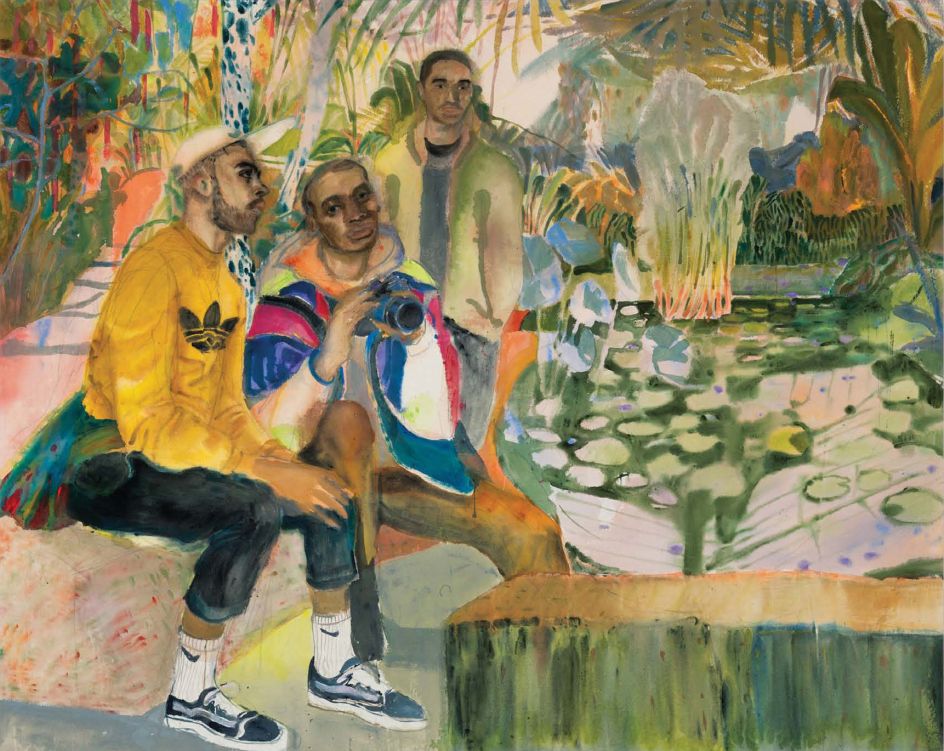
© Rebecca Harper
Where did the inspiration for this series come from? The experience of watching the ‘theatre of life’, apparently. The many facets of human behaviour. "Our interactions and behaviours fascinate me," she continues. "I love to play ‘voyeur ‘and watch narratives unfold. It forever fascinates me that one can only walk so far in someone else’s shoes, and so I read a lot about human psychology and our inner worlds."
Inspired by artists such as Uccello, Veronese, Velázquez, Egon Schiele, Munch, Manet, Gauguin, Helen Frankenthaler, Sophie Calle and Francesca Woodman, colour is important to Rebecca and how it allows us to feel. "I believe that art and life are synchronised, that we learn about life and its events by discovering ourselves and that equally, we learn about ourselves after having endured life.
"For me, the prompt for making work is normally a reactionary event to its life source, for example, a reflection of the time we are living in, and a strong desire to have an argument with it. I look for moments observed, felt and distilled. I am a painter that feels out of place often, so I try to place it in the work to feel at home."
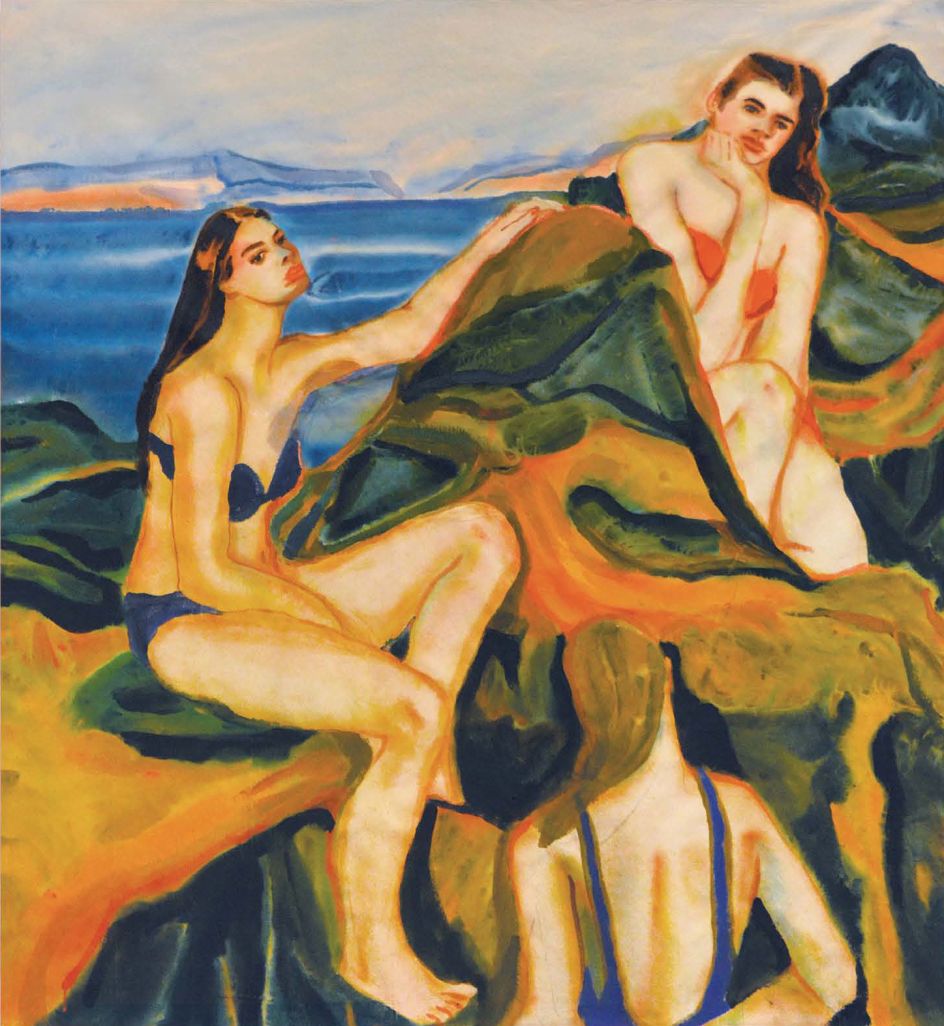
© Rebecca Harper
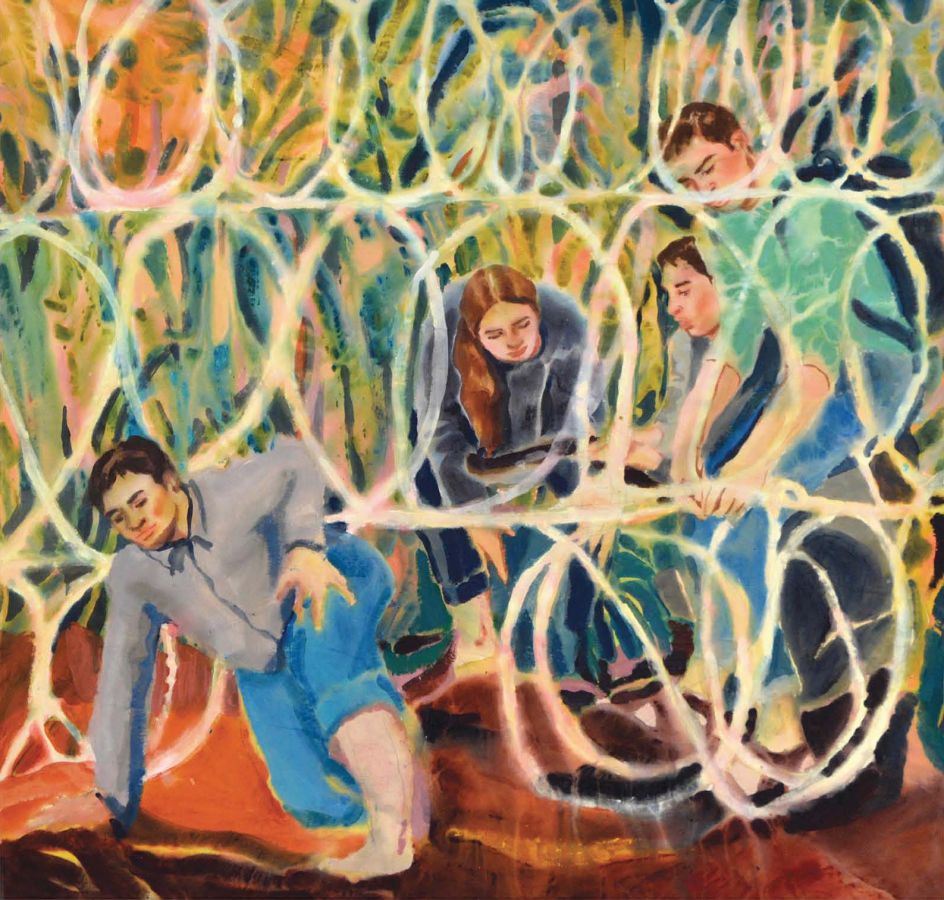
© Rebecca Harper
Her process always begins with drawing, which plays a large part in both her prep work and her painting. "Whether that is imagined or in choosing a location to draw from life with a graphite stick and a sketchbook, or watercolour and brushes," Rebecca explains.
"Sometimes these images grow as I add pages on to lengthen the image, where I morph figures into particular ideas of people, all of which informs ideas for compositions etc. Sometimes these drawings sit with me for a while before I do anything with them.
"Then, back in the studio, I make small studies on paper; multiple small gestural studies that tend to inform my paintings later on, where I am reconstructing further imagery from; sketchbooks, newspapers, events, memories, social media, mediated imagery.
"All of this combined source material is a culmination of fictional and real context, which allows for the freedom rearrange, to construct, fragment, build upon and generate ideas quickly and play with how colour affects emotive space, which in turn informs composition."
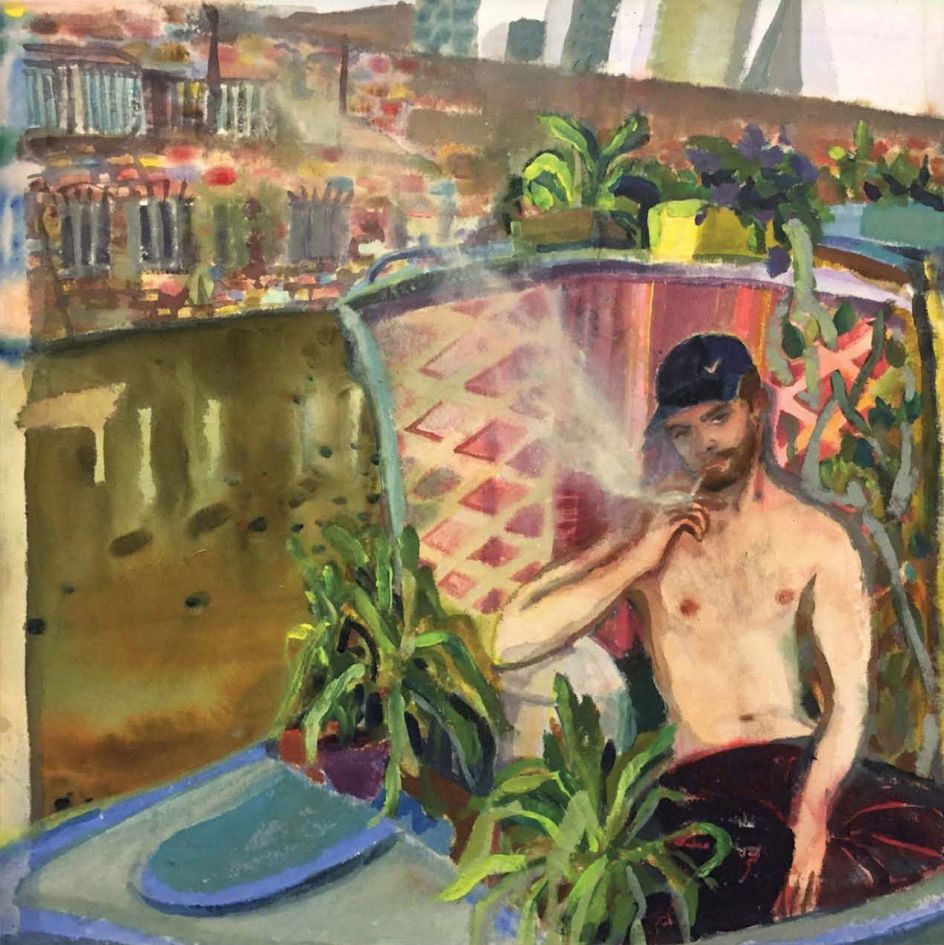
© Rebecca Harper
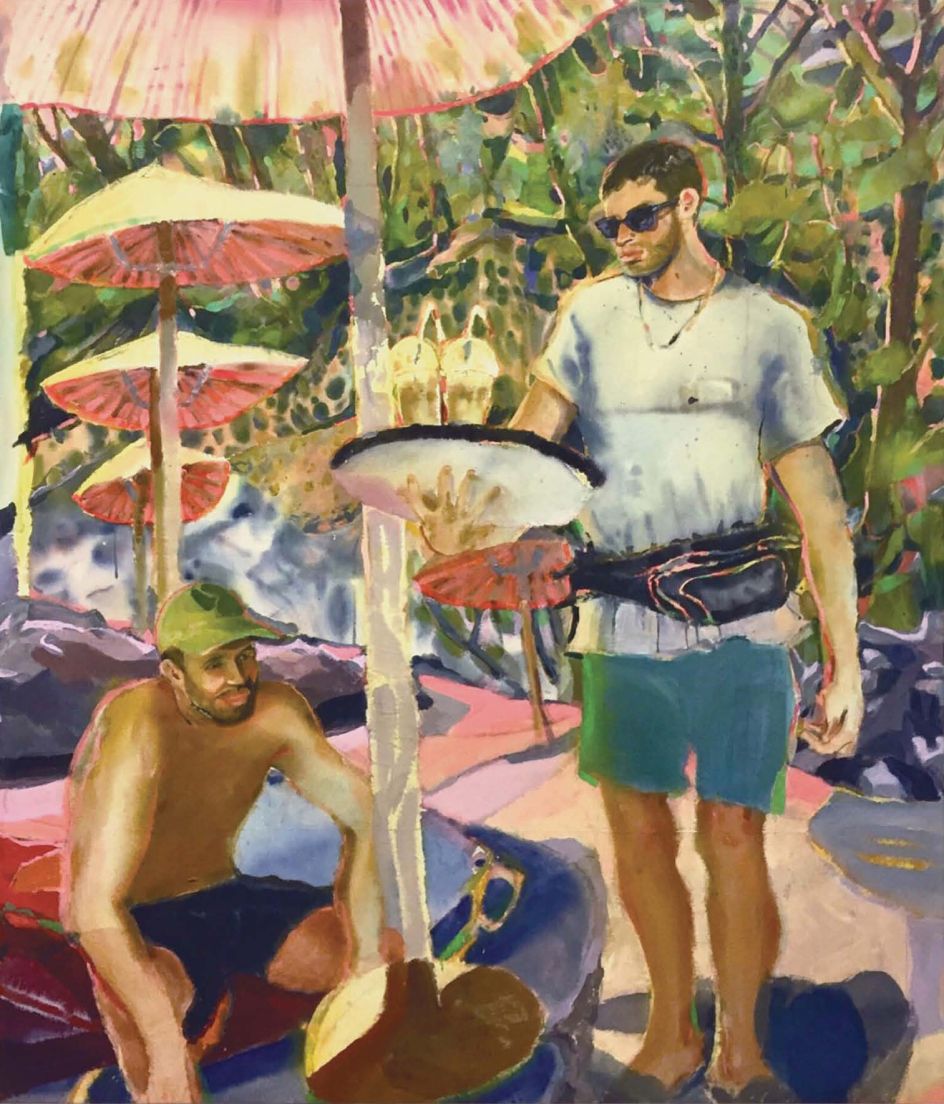
© Rebecca Harper
Once Rebecca creates a study that resonates, that informs the direction and commitment of the larger scale ‘drawn paintings’, she draws it up on the wall loosely. "Because of a lack of windows at the moment in my current studio, I am normally working with acrylics on raw canvas. I can be found sitting/lying/crawling/walking over my large canvas which I treat much like a carpet.
"The acrylic paint allows me to build up sections as it dries quickly. I enjoy working predominately on un-primed canvas because I like the absorbent and translucent nature of the paint as it sinks in, it feels like a very human feature, to absorb."
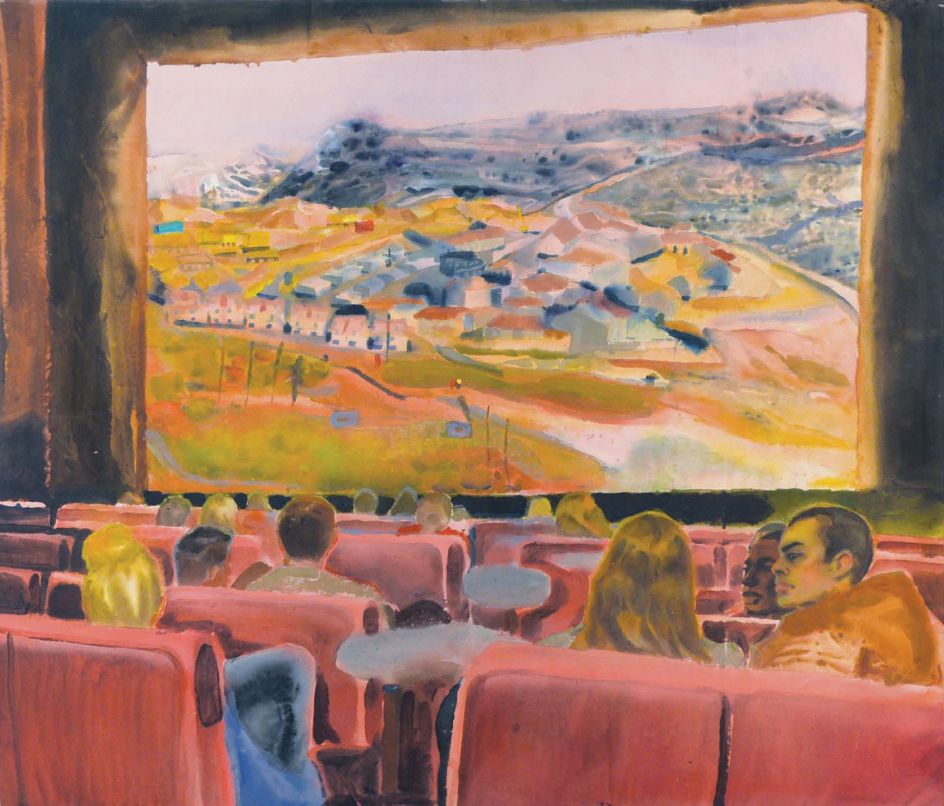
© Rebecca Harper
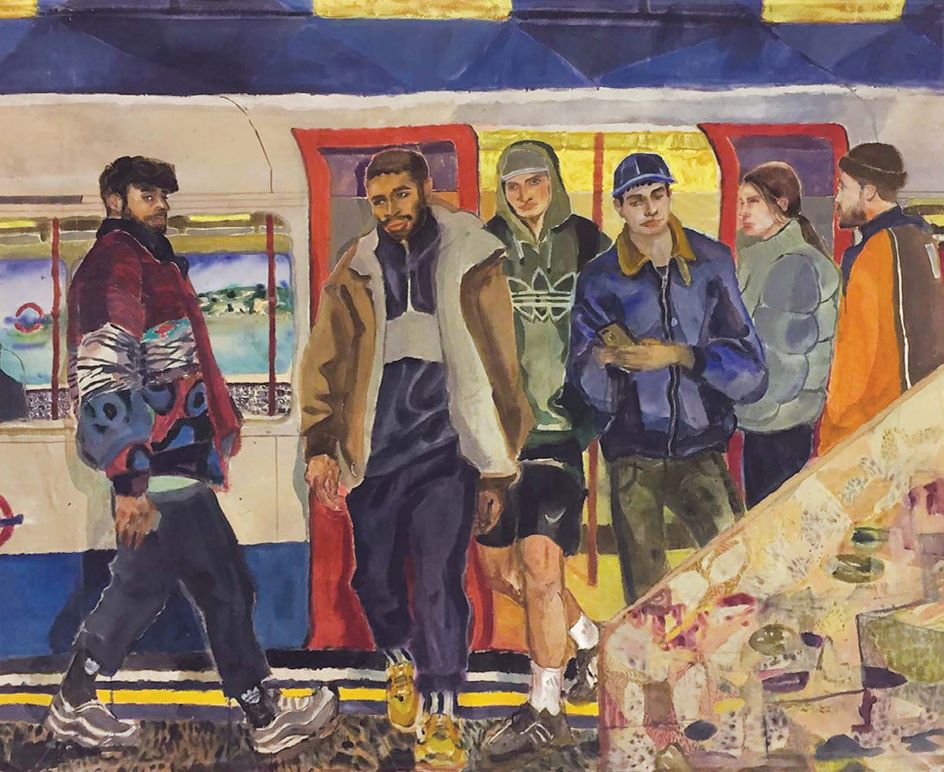
© Rebecca Harper
"Scale Is important within my practice, I like to be able to play with figures on a relative ‘humanistic scale’ in my paintings," Rebecca adds. "I think it helps to set the stage and provide the opportunity to interact and become immersed because I paint on the floor, there seems to be a physical intimacy in painting, much like a sketchbook.
"Painting on a smaller scale somehow for me feels like playing with dolls rather than humans, which has its place too but it does something else, painting on a small scale provides perhaps a viewing that is less public and more private."
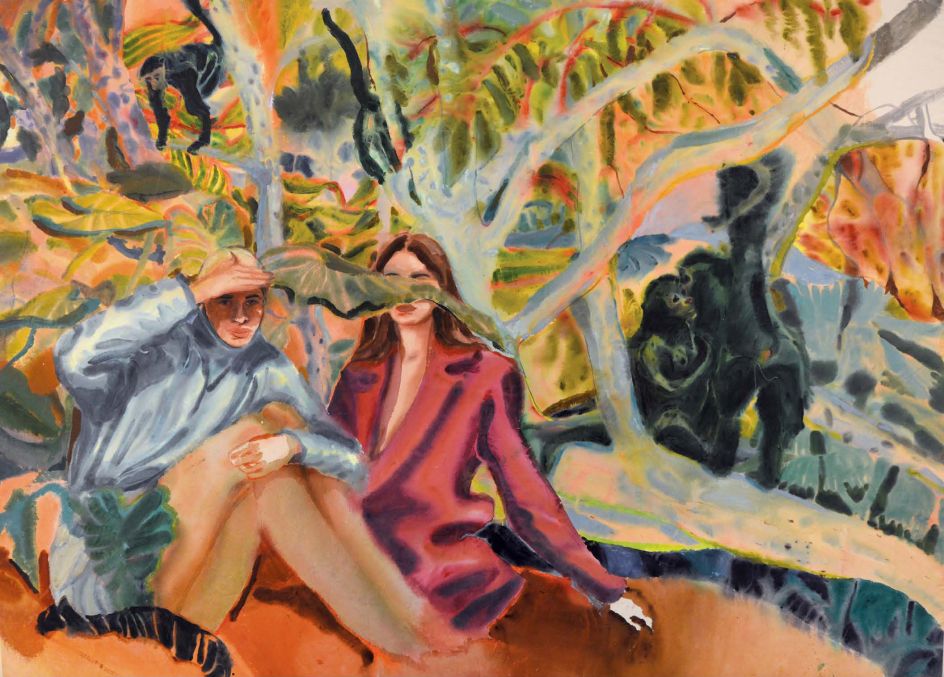
© Rebecca Harper
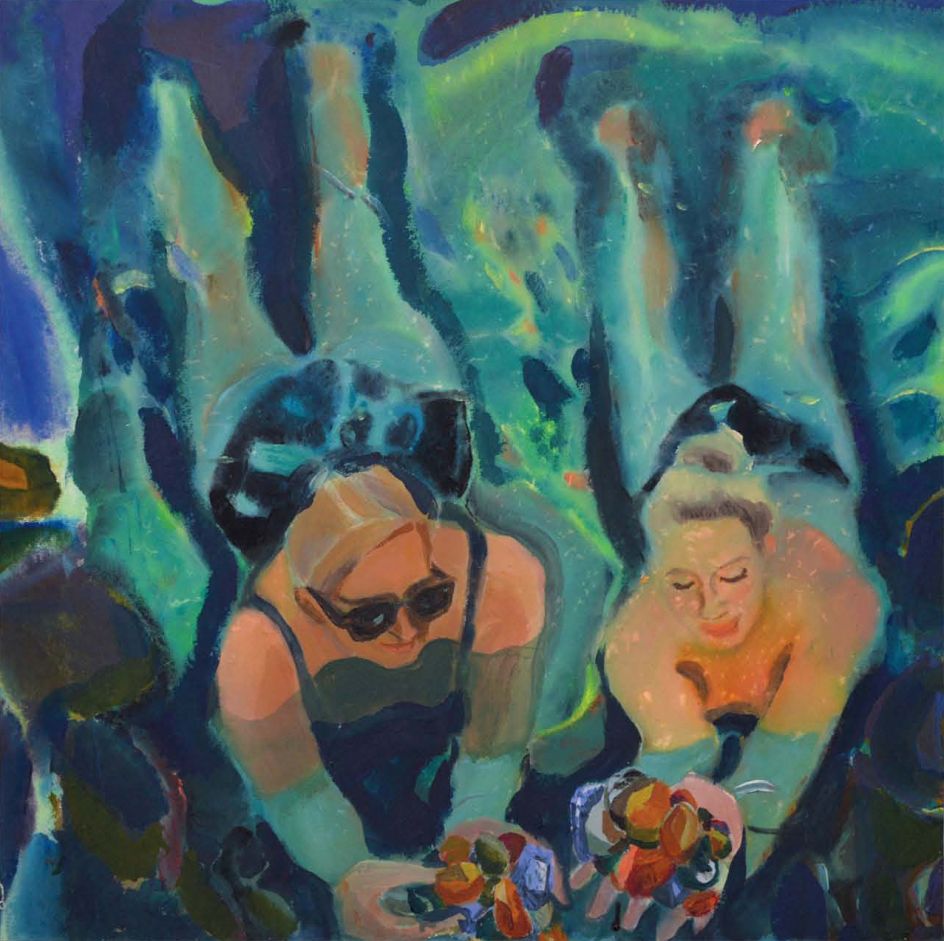
© Rebecca Harper
Born in London in 1989, where Rebecca still currently lives and works, she studied art at UWE Bristol, graduating in 2011. She then went to The Royal Drawing School until 2014. Today, she is an artist in residence at the Ryder Projects and was recently awarded the Artist Collecting Society Studio Prize 2018.
Newly represented by Anima Mundi Gallery, you can see her first solo show there, launching on 1 March and running until 6 April 2019. Discover more at www.rebeccaharper.co.uk.

















